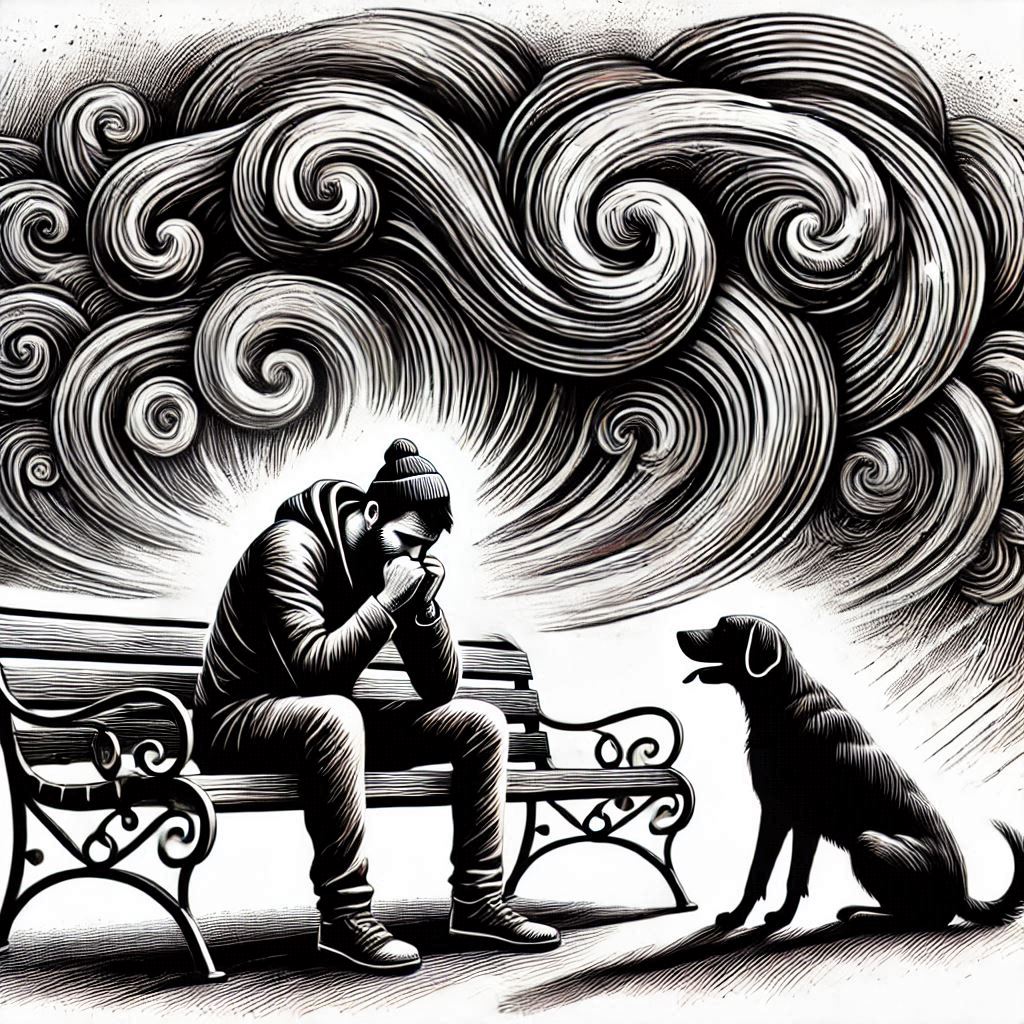While they might seem like they come out of the blue, panic attacks often have triggers. Understanding these can help you manage and even prevent them. From stress and relationship issues to specific phobias and even certain medications, various factors can set off these intense episodes. Stick around to learn more about what might be causing your panic attacks and how to take control.
Understanding Panic Attacks
Symptoms of Panic Attacks:
Panic attacks can manifest with various symptoms, including a sense of impending doom or danger, fear of losing control or death, rapid and pounding heart rate, profuse sweating, shaking or trembling, and feelings of weakness. Individuals experiencing a panic attack may also feel shortness of breath, chest pain, nausea, dizziness, and tingling sensations. These physical and emotional symptoms can occur suddenly and intensely, often without a clear trigger. (source) (source)
Impact of Panic Attacks:
The impact of panic attacks extends beyond the acute episode, affecting individuals both emotionally and physically. Panic attacks can lead to overwhelming anxiety, feelings of being out of control, or a sense of impending doom. The emotional toll may result in significant distress, impacting the individual’s quality of life. Physically, panic attacks can cause symptoms such as a racing heart, difficulty breathing, weakness, dizziness, and tingling sensations, contributing to the overall discomfort and distress experienced during an episode. Without proper treatment, panic attacks may persist and increase the risk of impaired social functioning and even suicidal ideation. (source) (source)
Triggers of Panic Attacks
Panic attacks can be triggered by various factors, leading to overwhelming feelings of fear and anxiety. Understanding these triggers is crucial in managing and preventing such episodes.
Common Triggers:
- Stress: One of the most common triggers for panic attacks is stress. When under excessive stress, the body may respond with heightened anxiety levels, potentially leading to a panic attack.
- Phobias: Specific phobias, such as fear of enclosed spaces or heights, can trigger panic attacks in susceptible individuals. Experiencing a phobic situation can set off intense panic reactions.
- Substances: Certain substances like caffeine or medications can act as triggers for panic attacks. Understanding how these substances affect the body is essential for avoiding potential episodes.
For more information on common triggers of panic attacks, you can explore articles like Top 10 Panic Attack Triggers and 3 Common Triggers of Panic Attacks.
Research Insights:
Recent research has shed light on the intricate dynamics of panic attack triggers. Studies indicate a correlation between genetic predisposition and the development of panic disorders. First-degree relatives of individuals with panic disorder have shown a higher risk of experiencing panic attacks, suggesting a genetic influence on susceptibility.
Moreover, research findings highlight the role of external cues in triggering expected panic attacks related to specific phobias. Uncovering these triggers can aid in creating targeted interventions and coping strategies for individuals prone to panic episodes.
To delve deeper into the research findings on triggers of panic attacks, you can refer to sources like Panic Disorder – StatPearls and Prevalence, Symptoms, and Triggering Factors of Panic.
Managing Panic Attacks
Panic attacks can be overwhelming, but there are strategies you can use to manage them effectively. By incorporating cognitive behavioral techniques and making lifestyle changes, individuals can find ways to cope with and reduce the impact of panic attacks.
Cognitive Behavioral Techniques
Cognitive behavioral therapy (CBT) plays a crucial role in helping individuals manage panic attacks and their triggers. CBT focuses on changing negative thought patterns and behaviors that contribute to panic attacks. Through CBT, individuals learn coping mechanisms to deal with anxiety-provoking situations. Research has shown that CBT is an effective approach to treating panic disorder (source). Components such as relaxation techniques and cognitive restructuring are often utilized to help individuals regain control during a panic attack (source). Learning to recognize and challenge distorted thoughts can significantly reduce the frequency and intensity of panic attacks, providing individuals with tools to manage their symptoms effectively.
Lifestyle Changes
In addition to therapy, making lifestyle changes can contribute to reducing the frequency and intensity of panic attacks. Simple modifications in daily routines can have a positive impact on overall well-being. Some suggested lifestyle changes include:
- Prioritizing Sleep: Ensuring an adequate amount of quality sleep is essential for mental health and can help regulate emotions.
- Physical Activity: Engaging in regular exercise not only improves physical health but also helps alleviate stress and anxiety levels.
- Healthy Diet: Consuming a well-balanced diet rich in nutrients can support overall mental well-being.
- Stress Management: Incorporating stress-reducing activities like meditation or mindfulness can help in managing anxiety levels (source).
Implementing these lifestyle changes can create a more supportive environment for managing panic attacks effectively. It’s essential to find a combination of cognitive behavioral techniques and lifestyle adjustments that work best for each individual, as everyone’s experience with panic attacks is unique.
Conclusion
Understanding the potential triggers of panic attacks is crucial to managing and seeking appropriate help. While panic attacks can be triggered by various factors such as stress, pre-existing health conditions, medications, substance abuse, caffeine, social situations, sensitivities to substances, traumatic events, nutritional deficiencies, and elevated stress levels, it’s important to remember that each individual may have unique triggers or a combination of triggers.
Seeking professional help from a mental health provider, counselor, or therapist can provide valuable support and guidance in addressing panic attack triggers. Additionally, practicing self-care strategies, such as mindfulness, deep breathing exercises, regular physical activity, adequate sleep, and healthy lifestyle habits, can contribute to managing and reducing the impact of triggers on panic attacks.
Remember, you are not alone in facing panic attacks, and there are resources and treatments available to help you navigate this challenging experience. By taking proactive steps to identify triggers and seek appropriate help, you can work towards managing panic attacks effectively and improving your overall well-being.








